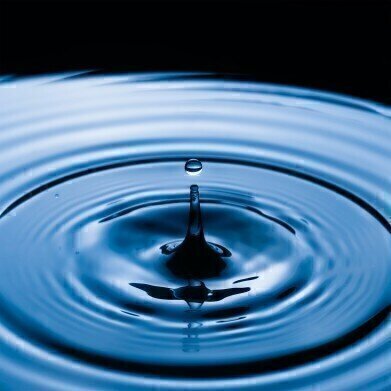Columns (GC)
HPLC vs GC - A Beginner's Guide
Dec 10 2021
Gas chromatography (GC) and high-performance liquid chromatography (HPLC) are both staple techniques for separations. Dig a little deeper, however, and you’ll find a number of things that set the two apart. Read on as we take a closer look…
Liquid versus gas
The first distinction between HPLC and GC is the mobile phase used. HPLC uses a liquid (solvent), which is determined by the complexity of the compounds in the sample alongside their polarity and solubility.
On the other hand, an inert or unreactive gas is used for GC. This is known as the carrier gas, which is chosen depending on the subsequent method of detection.
Separation method
The different mobile phases have a knock-on effect for how compounds are separated. With HPCL, the separation is determined by each compound’s interaction with the mobile and stationary phases – and its polarity in relation to them.
Components with higher polarity will be more attracted to the mobile phase, and move through the column more quickly as a result. The opposite is true of less polar components, which will be attracted to the stationary phase and move more slowly.
In contrast, GC separation depends on the volatility of each compound. More volatile molecules move faster through the column towards the mobile phase. Because they interact more with the stationary phase, less volatile molecules move slower.
Conditions and speed
Some more differences arise from the process involved with HPLC and GC. Firstly, HPLC can be performed at room temperature. In contrast, GC requires a much higher temperature of 150°C to ensure samples are volatile.
Because of this volatility, however, GC is much quicker than HPLC. Volatile compounds can move through the system in minutes or even seconds, compared to HPLC runs are generally between 10-60 minutes.
Applications
Probably the most useful way to distinguish between HPLC and GC is the applications for which they’re used. HPLC is suitable for analysing soluble compounds, making it highly useful for food substances, water purification and polymers.
On the other hand, GC requires a volatile mixture, typically a gas. As a result, it’s used for things like drugs, toxins and air samples.
Equipment and cost
Finally, the equipment used for the two techniques also differs. Columns used for GC are long and thin, while HPLC columns are shorter and wider. HPLC also requires expensive solvents and a pressure pump to push the mobile phase through the column.
On the other hand, gas chromatography simply requires gas containers and carrier gas, which is more affordable than solvents. As a result, GC is generally seen as the more cost-effective option.
To find out more about GC and its real-world applications, take a look at the article ‘GCxGC with Soft Ionisation and High-Resolution Mass Spectrometry Applied to Petroleum Biomarker Analysis’.
Events
May 18 2025 Tempe. AZ, USA
May 21 2025 Birmingham, UK
Jun 01 2025 Baltimore, MD, USA
Jun 15 2025 Bruges, Belgium
Jul 14 2025 Kuala Lumpur, Malaylsia














